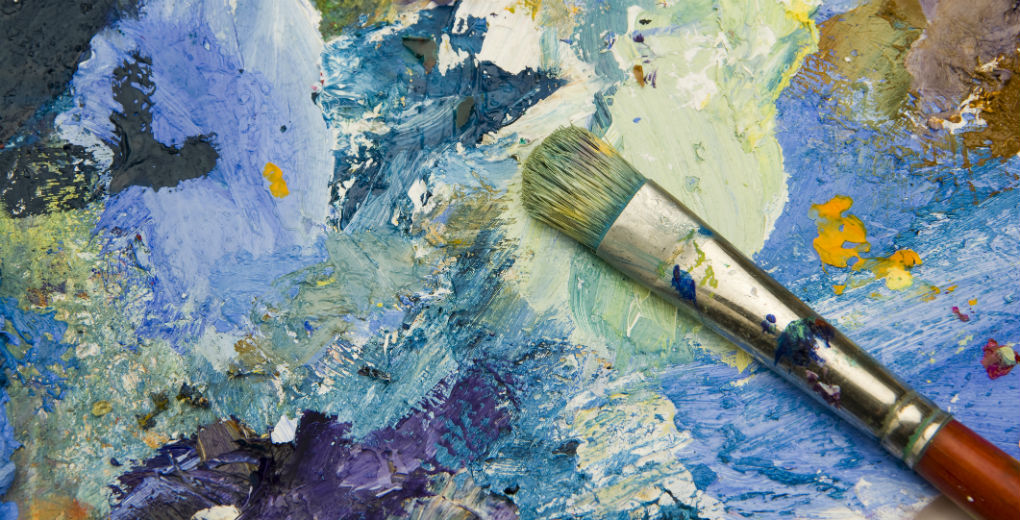
Your guide to identifying fake artwork
When you are looking to buy a painting either online or from a dealer, it can sometimes be difficult to know if the piece is 100% genuine. Unfortunately, authenticating art isn’t an exact science so plenty of convincing forgeries can slip through the net, but there are some basic checks you can make.
Dealing with thousands of years of forgeries
Even if the dealer you use is a trustworthy source, this will not guarantee authenticity. Art forgery spans right back to before the Renaissance and many high-profile artists including Picasso, Dali and Matisse have all fallen victim over the 20th century alone. The marks and signatures used to accredit an artist to a painting have been forged countless times and these works have often been wrongly authenticated and passed through the market.
Even the likes of Michelangelo conducted his own dodgy dealings, forging a Roman sculpture by creating his own from marble, breaking it, burying it in his garden and then digging it back up again. Luckily, once the owner of the piece realised it was a fake, the dealer was happy to take it back and resell it as a Michelangelo original.
Watch out for false accreditations
While a painting may be in the style of Rembrandt, that doesn’t necessarily mean it is an authentic piece. While most art dealers are resolutely honest about the pieces they hold, there are some dealers – often those who operate online – who will attempt to pass off work by lesser known artists as something more sought after.
Usually they will attempt to attribute the piece to the artist by marking the artist’s name and date of completion on the piece itself. You can often catch out forged works due to the date not marrying up to the artist’s own timeline. In some circumstances the date that the piece was created was long after the artists had passed away. Or a painting of a particular location may be dated long before the artist even stepped foot there.
Ask for the supporting documentation
Most art dealers don’t conduct forensic investigations of valuable artwork, which means the credibility of the piece is based on the seller’s word along with any supplementary evidence. It’s a legal requirement for dealers to prove that they had good faith the piece was genuine, and you have every right to see this when striking up a deal. The dealer might have a whole host of documentation available in the form of contracts, archival references and receipts. In this case, you can be more certain that you’re investing in the real deal.
Bear in mind that provenance documentation can too be forged or taken from another item. Be weary of documentation which cannot be backed up by further evidence. For example, if the painting has been displayed solely at galleries you have never heard of and are ‘no longer in business’ this should ring alarm bells.
Examine the front and back
When determining if a piece of art is original, make sure to look at the finer details. Look out for staple holes which wouldn’t align to an older piece, or evidence of manufactured ageing techniques. Often to make artwork look older, forgers may dab pieces with a teabag or spray the surface with nicotine, both of which you could even smell if you come up close.
If a piece is genuine, the aging should be consistent throughout. If it only looks aged in certain areas this could be a sign of forgery. Turn it over and look at the back, does the back of the canvas look relatively new while the painting is over 100 years’ old? Or is it littered with auction labels and owner stamps? These signs could go a long way to discrediting or authenticating your piece.
Hand it over to the experts
Before you spend big money on a piece of art, your best port of call would be to call in the experts to conduct a thorough review of the painting. Here they will analyse the painting in great detail, using UV lighting techniques, x-rays and more to determine its credibility. Using the latest technology, experts can determine the exact materials which have been used to create the piece and whether these are consistent with the alleged date of the painting.
If you collect or sell high-value art, it’s vital to ensure you have the right insurance in place to protect the value of your collection. At Woodfords Insurance Brokers we will help you obtain tailored cover for fine art, as well as high value antiques and jewellery. To speak to a member of our team, call us on 0207 731 0750.
